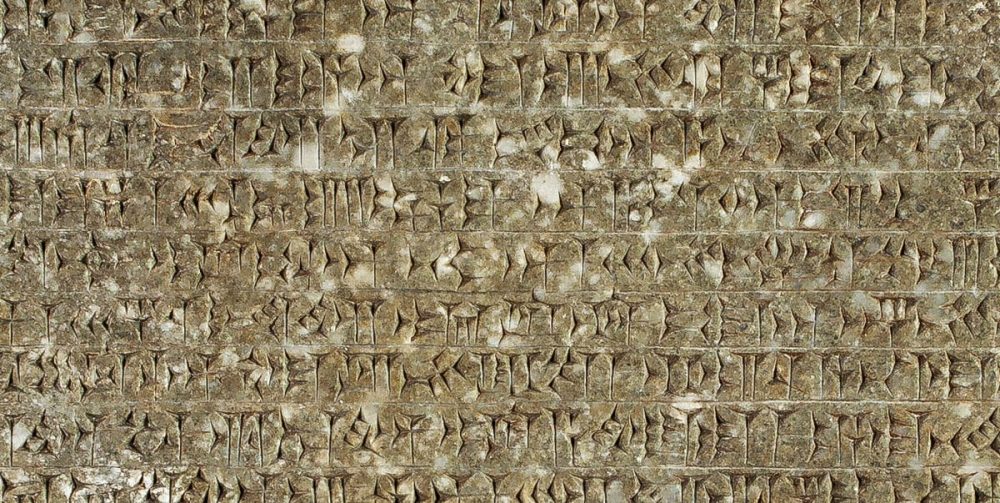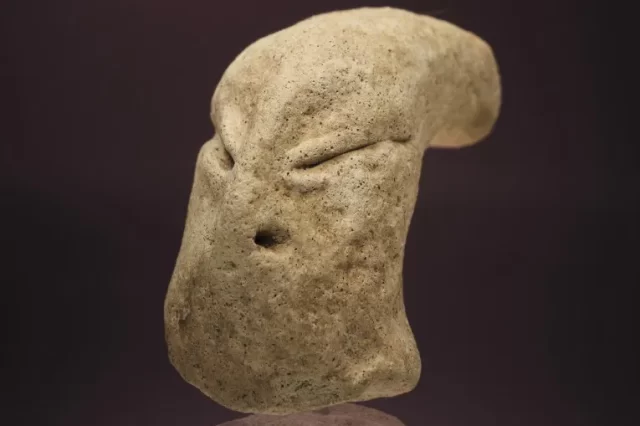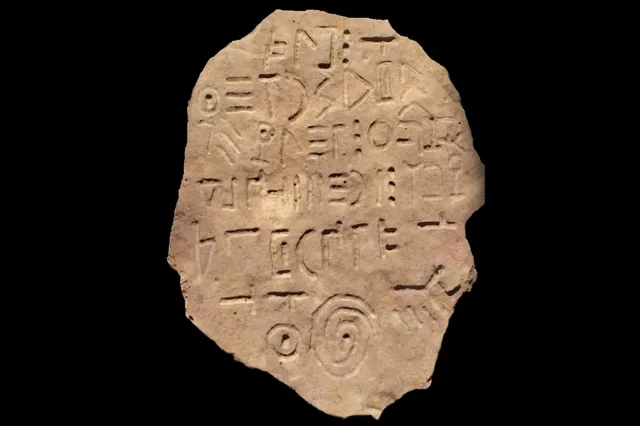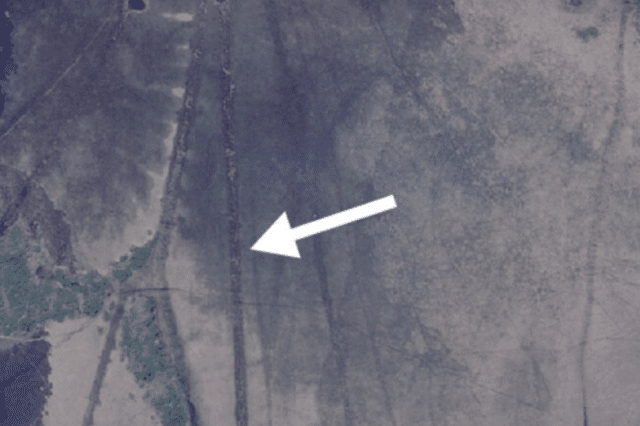In a major breakthrough, scientists from Tel Aviv University and Ariel University have engineered an innovative artificial intelligence model, capable of autonomously translating the age-old Akkadian language, written in cuneiform script, into English. This remarkable advancement stands to revolutionize the study of ancient Mesopotamia.
A groundbreaking AI model, developed by Tel Aviv University (TAU) and Ariel University, now offers a way to decipher Akkadian text etched in cuneiform script into English, revolutionizing the study of ancient Mesopotamia.
Cuneiform: The Dawn of Writing
Assyriology experts have long dedicated themselves to unraveling the mysteries of Akkadian texts written in cuneiform. As one of humanity’s earliest writing systems, cuneiform, meaning ‘wedge-shaped’, was crafted with a reed stylus on clay tablets.
AI Model Unlocks Ancient Akkadian
Now, TAU and Ariel University researchers have changed the game. Their newly created AI model automates the translation of Akkadian text in cuneiform into English, saving years of meticulous work.
Glimpse Into the Ancient Assyrians
Assyria, named after the deity Ashur, was situated in the Mesopotamian plain. In 721 BCE, it gained prominence by capturing Israel’s Northern Kingdom and exiling the Ten Tribes. The area has since maintained a continuous Jewish presence alongside the Assyrian population, despite the Assyrian exile.
Uncovering Historical Akkadian Treasure Troves
Archaeologists have discovered countless clay tablets from ancient Mesopotamia, inscribed in cuneiform, dating back to 3,400 BCE. The sheer volume of these artifacts, however, far outstrips the capacity of the limited number of experts able to translate them.
Translating Ancient Scripts: A Machine Learning Approach
Researchers have recently unveiled their findings in PNAS Nexus, in a paper titled “Translating Akkadian to English with Neural Machine Translation.” They developed two variants of the machine-learning model, one translating Akkadian from Latin script representations of cuneiform signs and the other using unicode representations.
The model using Latin transliteration proved more effective in this study, scoring 37.47 in the BLEU4 test, which measures the similarity between machine and human translations.
First Pass to Unlocking the Past
The AI program performs optimally when translating sentences of 118 characters or less. Despite occasional output anomalies, the model’s translations are generally considered suitable for an initial interpretation. The researchers propose a human-machine collaboration where human scholars refine the AI’s translations.
Bridging the Gap Between Ancient and Modern
With a treasure trove of cuneiform tablets documenting the socio-economic and scientific history of ancient Mesopotamia, most remain untranslated due to their sheer number and the scarcity of experts. These digital tools, along with other advances in fields like optical character recognition (OCR), can help make these ancient languages more accessible and comprehensible.
Have something to add? Visit Curiosmos on Facebook. Join the discussion in our mobile Telegram group





